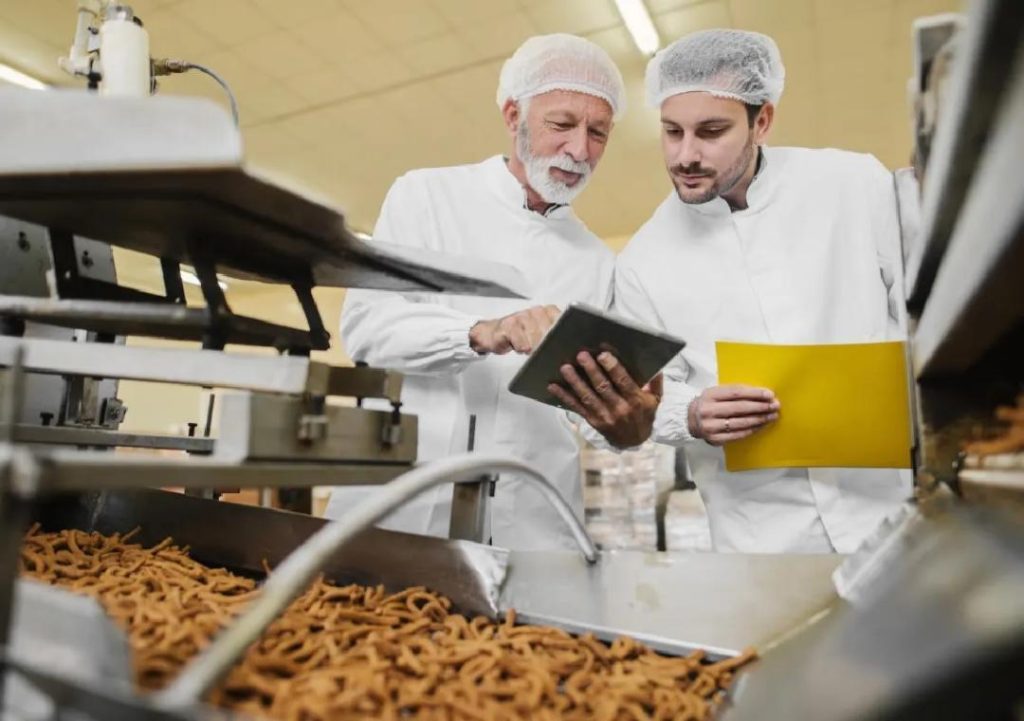
Can P&L Optimisation Redefine Success in Food Technology?
The food technology industry has witnessed significant growth in recent years, driven by advances in packaging, processing, and distribution. However, the sector’s profitability has been impacted by factors such as rising production costs, supply chain disruptions, and fluctuating market demand. In this challenging landscape, companies are seeking ways to optimize their profit and loss (P&L) operations to stay competitive and achieve sustainable growth.
P&L optimization is about streamlining business processes to maximize profitability. In the food technology industry, this involves leveraging automation, smart inventory systems, and data analytics to cut waste, sharpen demand forecasting, and support better decision-making. By adopting scalable models, businesses can boost margins, ensure sustainable growth, and redefine success in the industry.
Streamlining P&L Operations with Automation
Automation is a key driver of P&L optimization in the food technology industry. By automating repetitive tasks, companies can reduce labor costs, minimize errors, and free up resources for more strategic activities. For instance, automated inventory management systems can track stock levels, monitor product expiration dates, and alert suppliers to restock when necessary. This helps to prevent stockouts, overstocking, and waste, thereby reducing costs and improving profitability.
Another area where automation can make a significant impact is in production planning and scheduling. By leveraging machine learning algorithms and predictive analytics, food technology companies can optimize production schedules, minimize downtime, and reduce the risk of quality control issues. This enables them to respond more effectively to changes in demand, reduce inventory levels, and improve overall efficiency.
Smart Inventory Systems for Better Demand Forecasting
Smart inventory systems are another crucial component of P&L optimization in the food technology industry. These systems use data analytics and machine learning algorithms to analyze sales trends, seasonality, and other factors that influence demand. By providing more accurate demand forecasts, smart inventory systems enable food technology companies to optimize inventory levels, reduce waste, and improve supply chain efficiency.
For example, a company that produces baby food might use a smart inventory system to forecast demand based on factors such as weather patterns, school holidays, and social media trends. This enables them to adjust production levels, inventory levels, and distribution schedules to meet changing demand patterns, thereby reducing waste and improving profitability.
Data Analytics for Better Decision-Making
Data analytics is a vital component of P&L optimization in the food technology industry. By leveraging data analytics, companies can gain insights into customer behavior, sales trends, and operational performance, enabling them to make more informed decisions. For instance, data analytics can help food technology companies to:
- Identify profitable product lines and optimize production levels
- Analyze customer behavior and preferences, enabling targeted marketing campaigns
- Monitor production costs and identify areas for cost reduction
- Track inventory levels and adjust supply chain operations accordingly
Scalable Models for Sustainable Growth
P&L optimization is not just about cutting costs and improving efficiency; it’s also about creating a scalable business model that enables sustainable growth. By adopting scalable models, food technology companies can reduce their dependence on manual processes, improve their ability to respond to changes in demand, and increase their competitiveness in the industry.
For example, a company that produces organic food products might adopt a scalable model by leveraging automation, data analytics, and cloud-based inventory management systems. This enables them to respond more effectively to changes in demand, reduce waste, and improve supply chain efficiency, thereby achieving sustainable growth and reducing their environmental footprint.
Conclusion
P&L optimization is a critical component of success in the food technology industry. By streamlining P&L operations with automation, smart inventory systems, and data analytics, food technology companies can cut waste, sharpen demand forecasting, and support better decision-making. By adopting scalable models, businesses can boost margins, ensure sustainable growth, and stay competitive in the industry.
As the food technology industry continues to evolve, companies that adopt P&L optimization strategies will be better positioned to succeed. By leveraging the latest technologies and data analytics tools, food technology companies can redefine success in the industry and achieve sustainable growth in a rapidly changing market.
Source:
https://www.growthjockey.com/blogs/p-and-l-operations-in-food-tech






